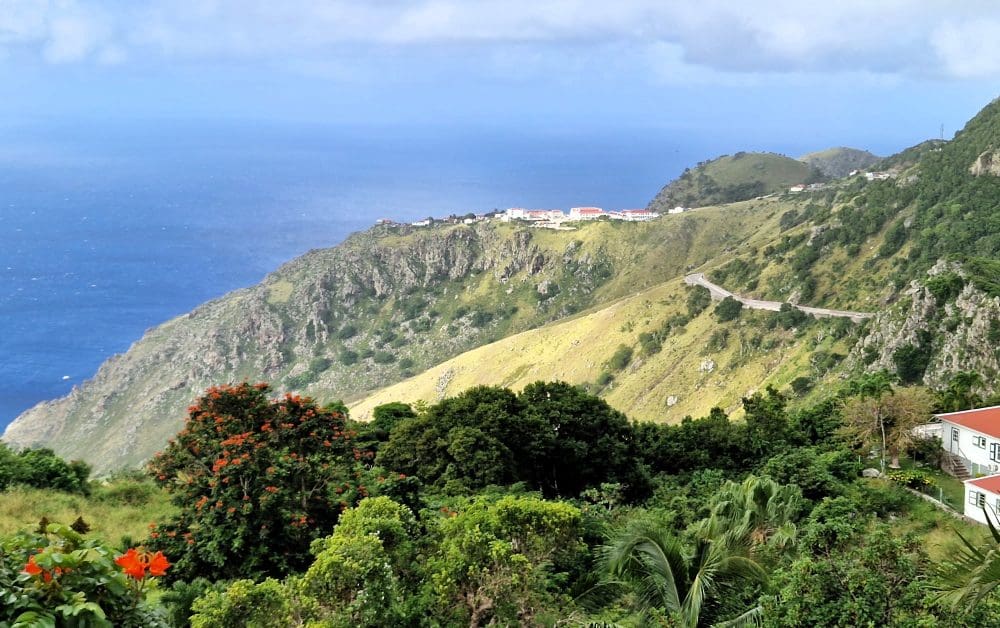The former Netherlands Antilles—comprising Curaçao, Bonaire, Sint Maarten, Saba, and Sint Eustatius—is not mineral-rich in the traditional sense (like gold, copper, or diamonds), but the islands do have some natural resources, mainly in the form of energy, salt, limestone, and marine resources.
Key Mineral and Natural Resources by Island
Curaçao
- Limestone: Widely available and used for construction and cement.
- Phosphate (historically): Small-scale deposits, mostly exhausted.
- Oil (Refined/Stored):
- While Curaçao does not produce oil, it was long known for the Curaçao Oil Refinery (formerly operated by Shell and later PDVSA), used for refining and transshipment.
- Marine Sand and Gravel: Used in local construction.
Bonaire
- Salt: The island has large natural salt flats.
- Cargill operates solar salt works at Pekelmeer Salt Flats.
- Limestone: Used locally for building materials.
- Phosphate (historically): Mined in the 19th century but no longer active.
Sint Maarten
- Construction materials: Includes marine sand and gravel.
- Limited in mineral wealth; economy is more tourism-based.
Sint Eustatius
- Oil storage & transshipment:
- Home to Statia Terminals, one of the region’s major petroleum storage sites.
- No significant solid mineral extraction.
Saba
- Volcanic rock: The island is the peak of a dormant volcano (Mount Scenery).
- Construction stone: Sourced locally in limited amounts.
Summary
| Resource | Found In | Notes |
|---|---|---|
| Salt | Bonaire | Still commercially harvested. |
| Limestone | Curaçao, Bonaire | Used for local building and construction. |
| Oil terminals | Curaçao, Sint Eustatius | Strategic energy infrastructure (not crude mining). |
| Volcanic rock | Saba | Natural feature, limited extraction. |
| Phosphate | Bonaire (historic) | No longer actively mined. |


